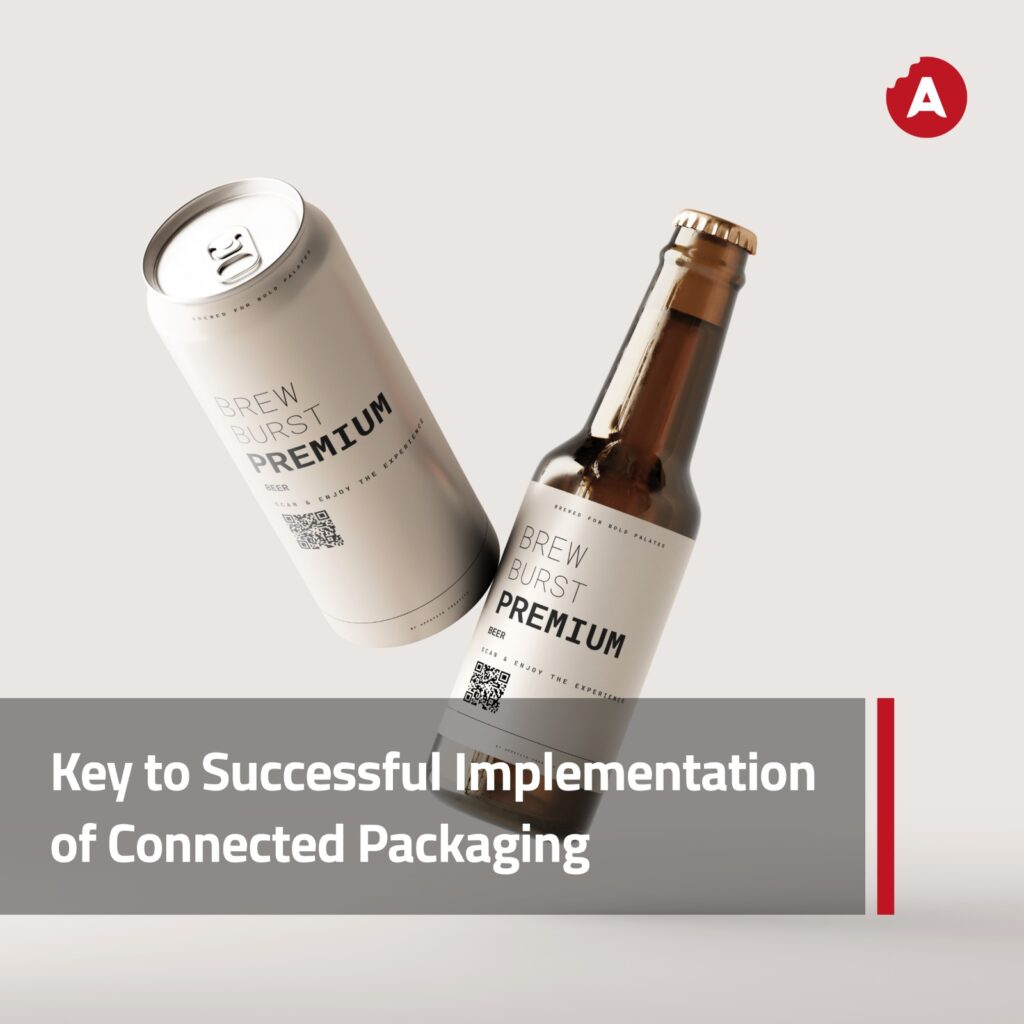
Modern marketing develops in a dynamic environment, where the integration of connected packaging has emerged as a powerful tool for engaging consumers and enhancing brand experiences. From smart packaging solutions to the use of QR codes and IoT technologies, brands are leveraging innovative strategies to connect with their target audience on a deeper level. However, to truly unlock the potential of connected packaging, understanding your audience is paramount.
Connected packaging, encompassing smart packaging solutions, QR codes, and IoT technologies, offers brands unprecedented opportunities to interact with consumers in real-time, deliver personalized content, and gather valuable data insights. But to effectively implement these technologies, marketers must first gain a deep understanding of their target audience’s preferences, behaviors, and needs.
Smart packaging solutions, equipped with sensors and IoT capabilities, provide brands with real-time data on consumer interactions, product usage, and preferences. By analyzing this data, marketers can uncover valuable insights into how consumers engage with their products, identify pain points in the user experience, and tailor their packaging strategies accordingly.
QR codes, another component of connected packaging, offer a convenient way for consumers to access additional product information, promotions, and interactive content. Marketers can leverage QR codes to deliver targeted messaging, enhance the shopping experience, and drive customer engagement. Understanding how consumers prefer to interact with QR codes – whether through scanning with a smartphone or using a dedicated QR code reader – is essential for optimizing the user experience.
IoT technologies embedded in connected packaging enable brands to create personalized experiences based on real-time data and consumer preferences. By leveraging IoT sensors, marketers can track product movement, monitor inventory levels, and deliver timely notifications or offers to consumers. Understanding how consumers interact with IoT-enabled packaging – whether they prefer automated replenishment, personalized recommendations, or real-time updates – allows brands to tailor their offerings to meet individual needs.
In conclusion, understanding your audience is the cornerstone of successful implementation of connected packaging strategies. By gaining insights into consumer preferences, behaviors, and needs, marketers can effectively leverage smart packaging, QR codes, and IoT technologies to create personalized experiences, drive engagement, and build lasting relationships with their target audience. As brands continue to innovate in the realm of connected packaging, the ability to understand and connect with consumers will be more critical than ever.If you want to learn more about connected experiences for your brand, check out our blog and our case studies.
